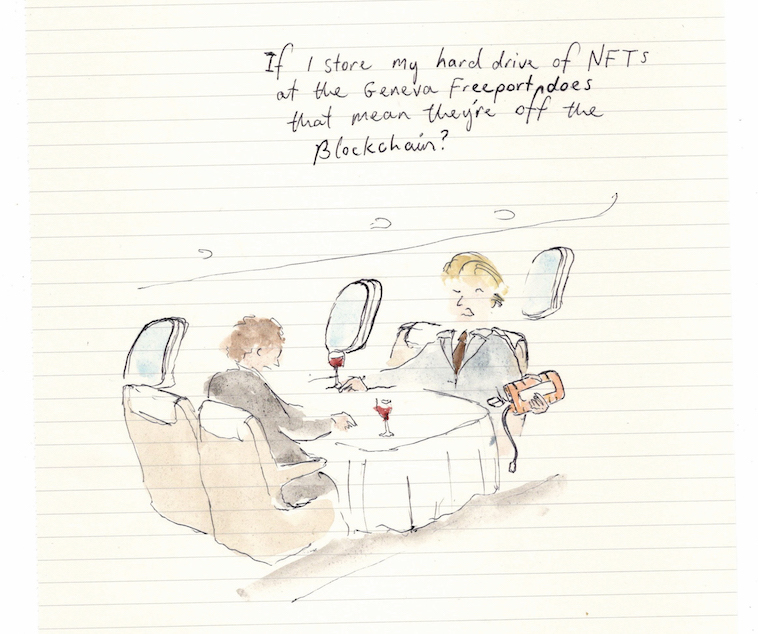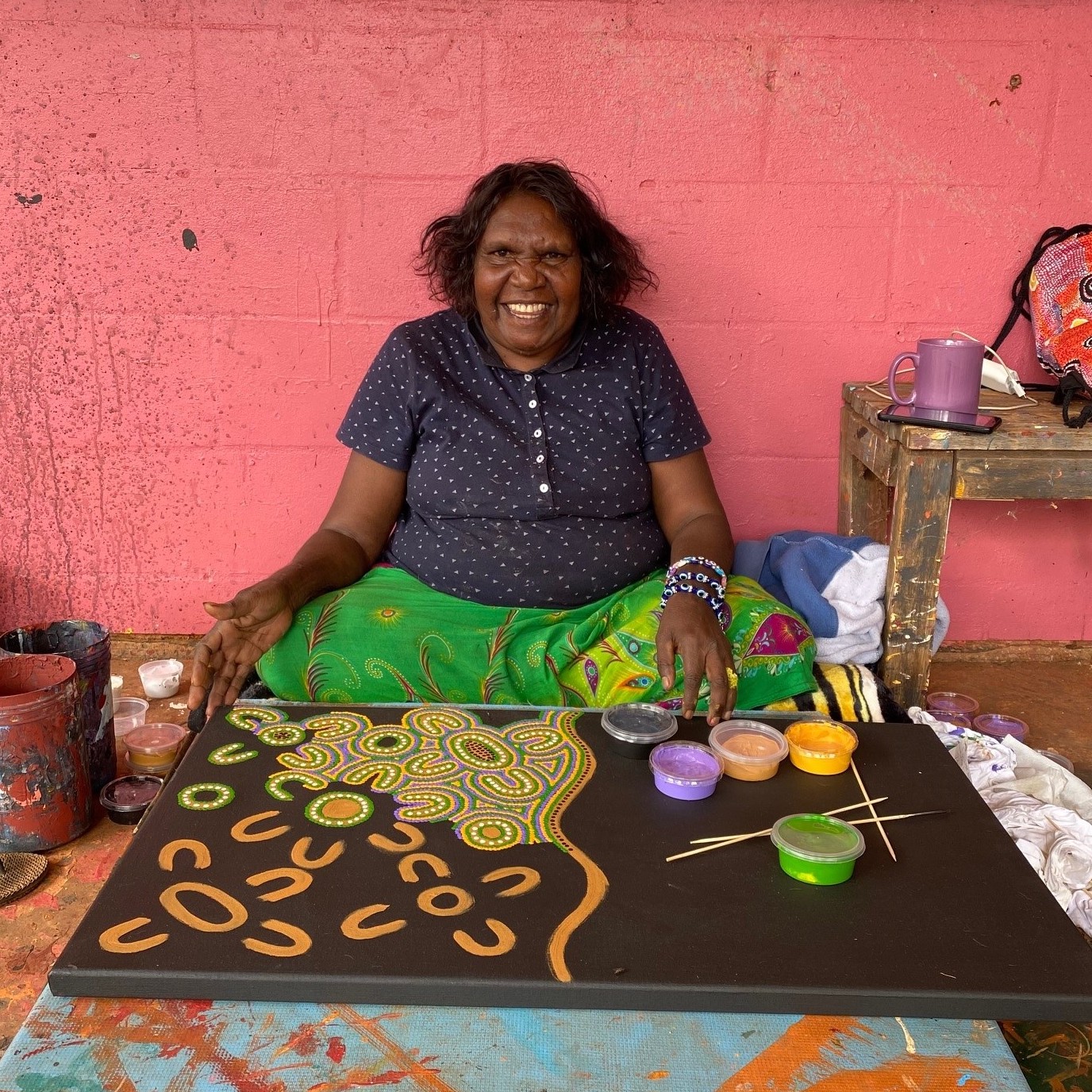Cultural Capital: The Reasons You Buy Art
The arguments to whip out at your next dinner party as to why you dropped 20k on that new piece in the sunroom.
Words: Carrie Miller and Tai Mitsuji
Illustrations: Coen Young
AS A FINANCIAL INVESTMENT.
If you’re acquiring art purely for economic reasons, you first need to decide the type of investor-collector you want to be.
Buying art through a self-managed super fund could prove financially worthwhile, but the strict regulations around this type of investing means you can’t display the work until retirement. That means you won’t be able to demonstrate your superior taste and appreciation of culture by what’s on your wall. It would also be a little tasteless to boast about the fine art you’ve got stashed away like boxes of old Tupperware containers in the back of the garage.
If you want to buy art for financial reasons and still accrue cultural capital in the present day, then you’ll need the work to be hanging in a prominent place in the home or office. And to impress others without sounding crass, you will need to simultaneously talk up the economic value of the work without devaluing its cultural worth.
Alternatively, you could just own the fact that you have no idea what you’ve bought – people will be equally impressed that you speculated on the art market and it paid off.
Carrie Miller
BUYING ART TO HIDE YOUR SHALLOWNESS.
Deceit comes in many shapes and sizes. However, the hardest “con” to pull off has always been convincing people of your internal depths—you know, those hidden psychological dimensions that supposedly lurk beneath the surface. What if you don’t have any? What if you don’t have a best-selling book manuscript in your bottom draw? What if the muddied tattoo on your forearm is not enough to convey how terribly interesting you are? How will people know!? Enter art. Enter the big abstract painting, which will fill the void in your personality, by filling the space on your wall. Others might explain their collection to guests that visit the house, but not you. You stand in front of the painting, nodding to yourself, letting the silence do the talking. In such circumstances, a wistful smile is advisable, a silent chuckle is desirable, and a solitary tear is pure magic. Just don’t ruin it all by saying anything.
Tai Mitsuji
IT MAKES A STATEMENT TO OTHERS ABOUT WHO YOU ARE.
Let’s face it: we all just want to be seen for who we truly are. And what better way to demonstrate the authentic you than through the public display of your expensive things? Of course, not everyone will be able to interpret the meaning of the artwork you acquire and what it says about you. That’s why you’ll need to decode its hidden meanings so that your social circle can unlock its true value, and by extension yours. Some contemporary art speak should serve you well here. First, your deep philosophical understanding of contemporary art will lend a general mystery to you and your work. Second, high art concepts can be pretty obfuscating, lending a mystery to you and your work.
Art really is a great way to make a public statement about the type of person you are and what you truly value. Just be sure that statement can’t be read as: “I’m someone easily fooled by people who dress cooler than me and use words like ‘liminal’ a lot”.
Carrie Miller
BUYING FRIENDS’ ART.
Nepotism is both a cardinal sin and a lived reality in the art world. A is the son of B, who is good friends with C, who is in charge of D, which is looking for a new E. The whole thing can end up being a bit effed. But while this abecedarian calculus feels incestuous and morally bankrupt at times, there are a few notable exceptions. Indeed, I’ve always felt that buying a friend’s artwork is somehow removed from the category of cheap nepotism. There is something incredibly sincere in this gesture that goes beyond the superficial or the petty. A friend’s work carries a weight with it. Where the average gallery-goer encounters a polished artwork, you also see a work that has weathered the storm of insecurity, rejection and failure— unavoidable realities of the art world—and made it out the other side. It’s personal, and somehow just that little bit more precious.
Tai Mitsuji
This article was originally published in Art Collector issue 97, July to September 2021.







